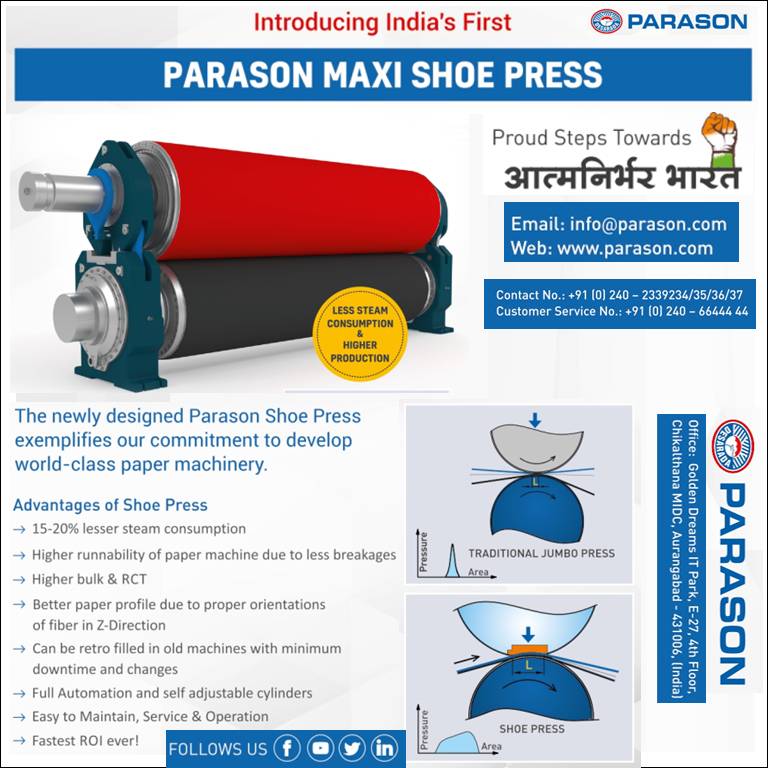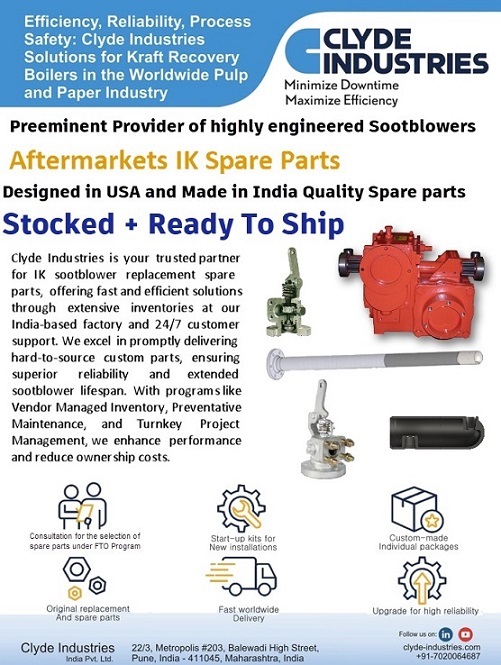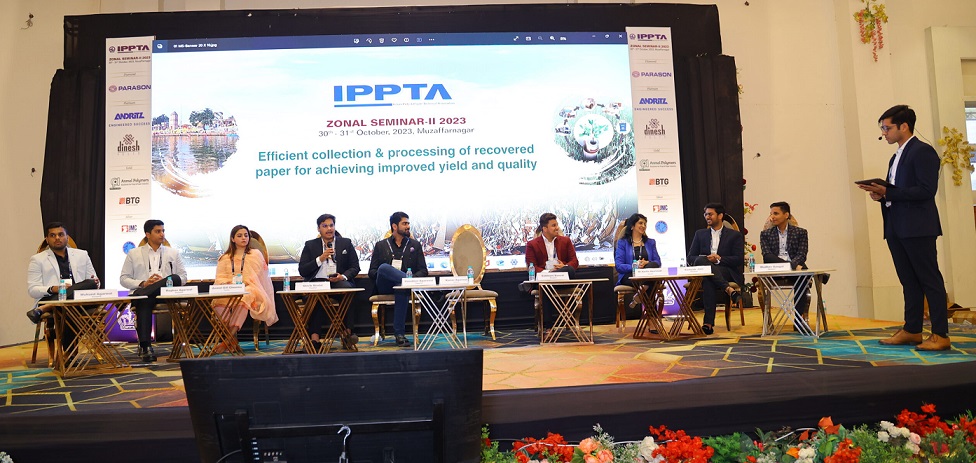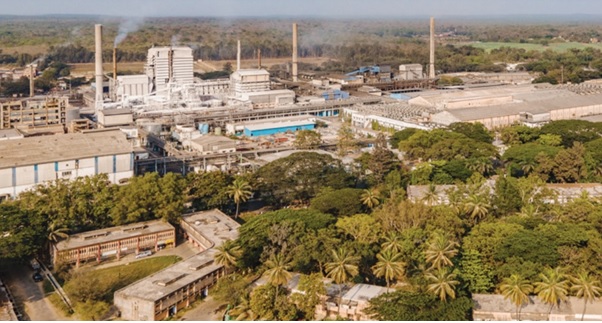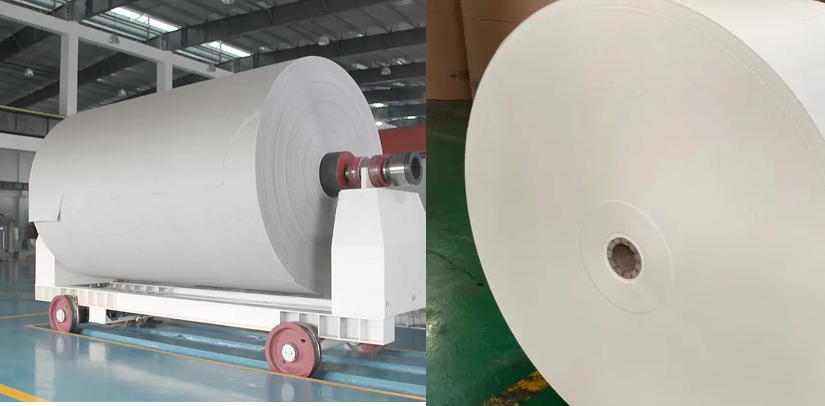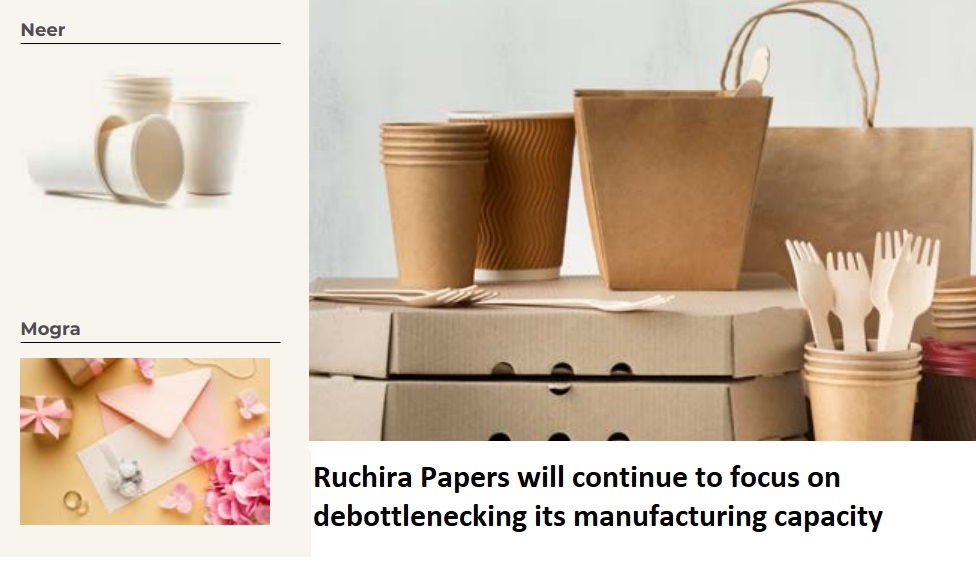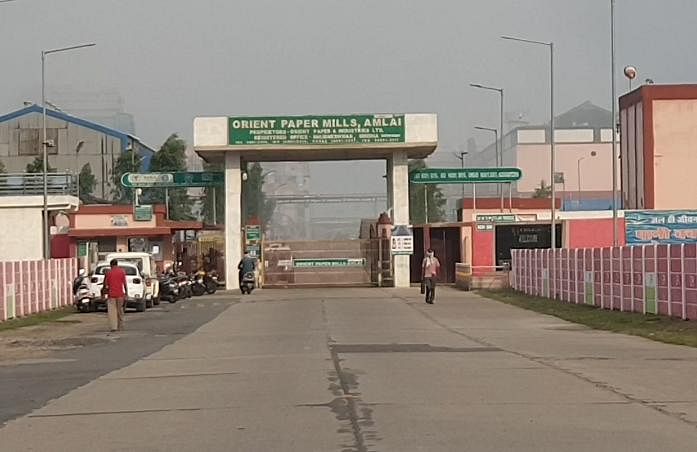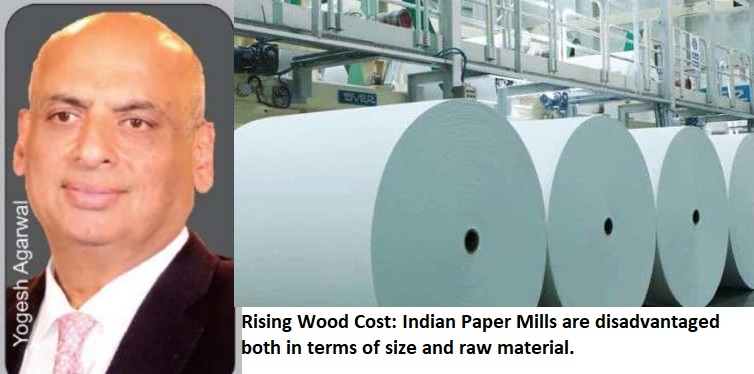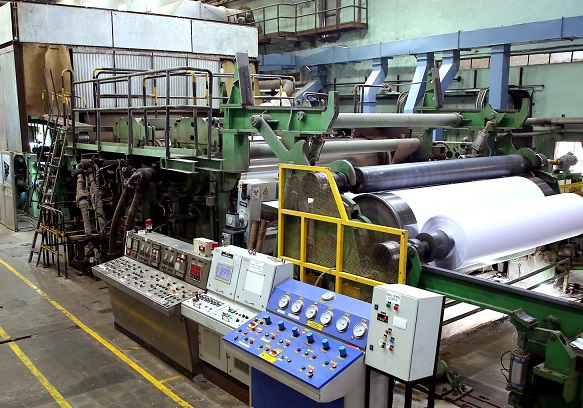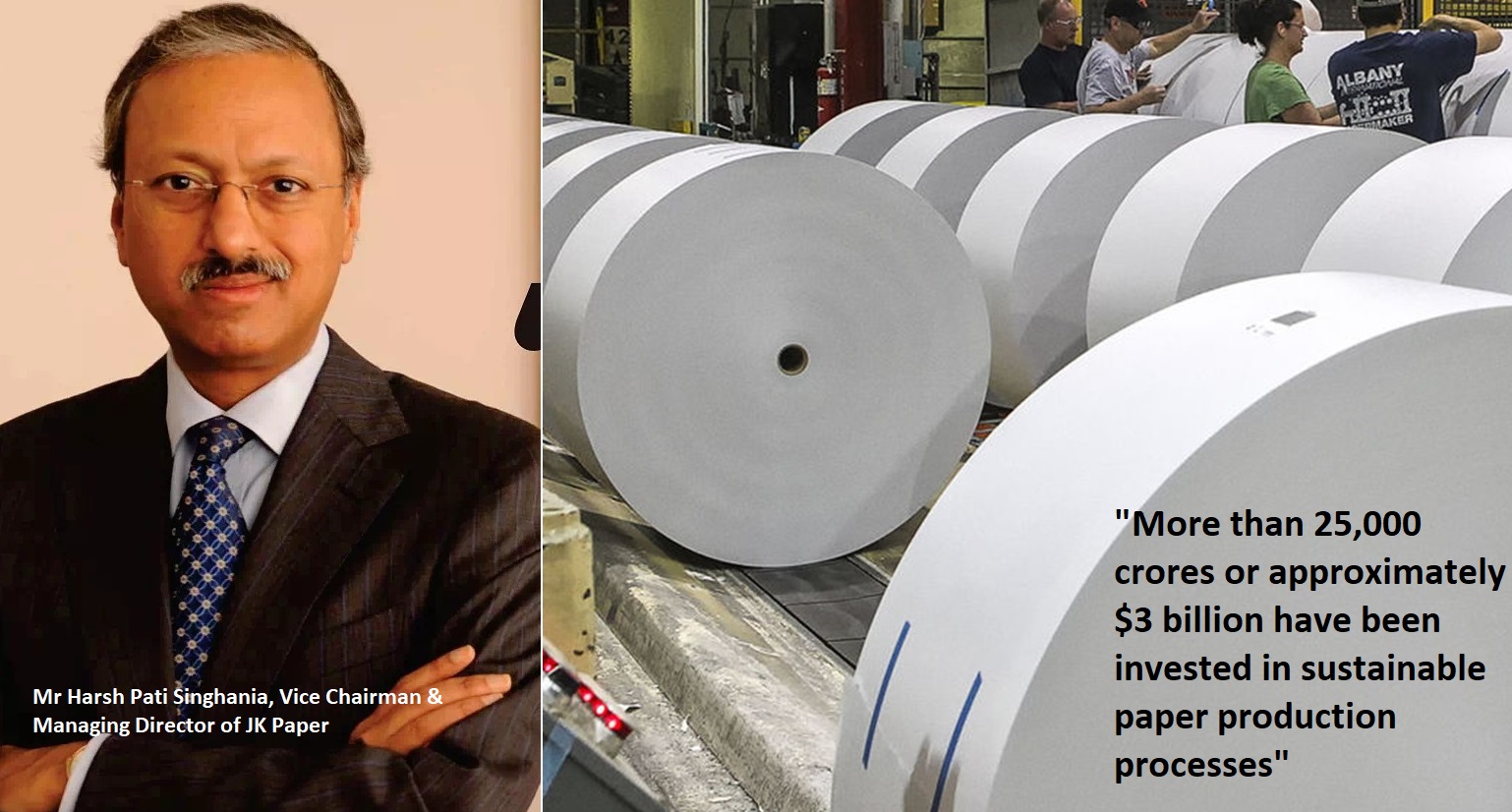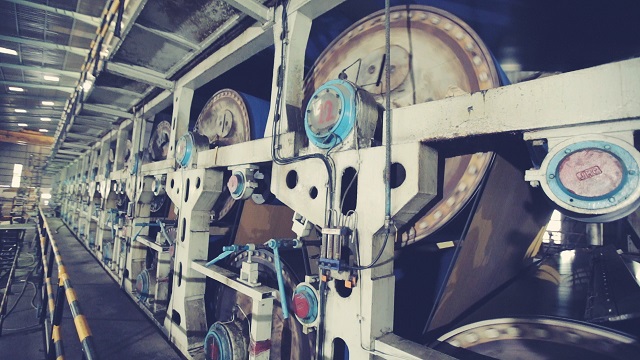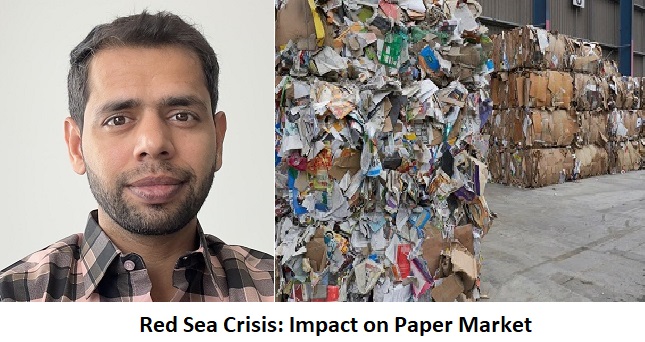“This disruption now will put pressure on Indian fibre resulting in an spike in finished paper prices”
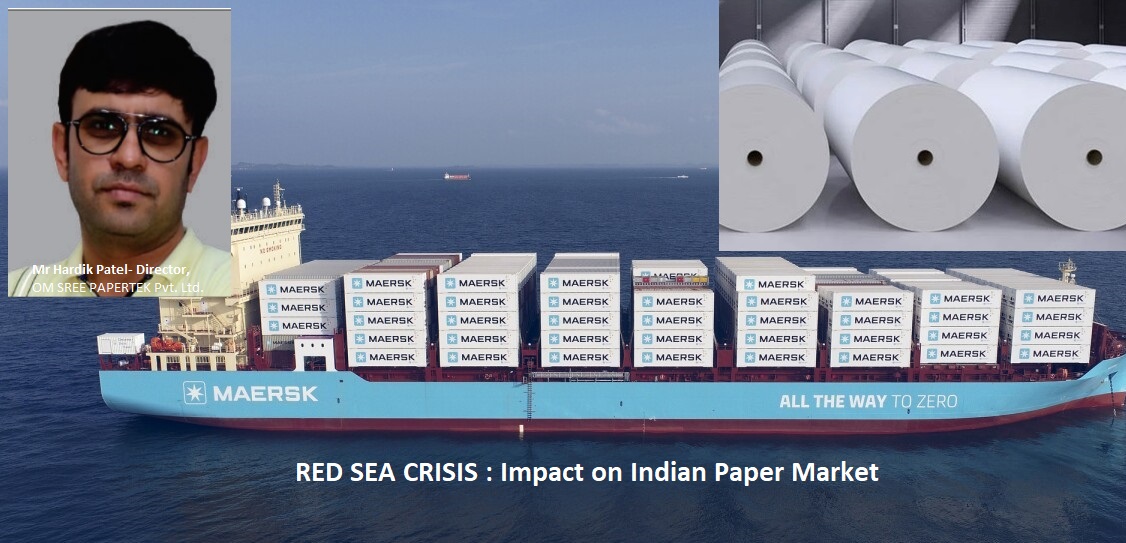
“This disruption now will put pressure on Indian fibre resulting in an spike in finished paper prices”
- The implication can be anywhere between 1000$-3000$ per container.
- There was a price differential of close to 4/- per kg (Land locked mills) when it came to Indian and imported fibre of equivalent grade
The Pulp and Paper Times provides a brief analysis of the Red Sea Crisis and its implications for the paper sector. India is a significant importer and exporter of various paper goods, including pulp, finished paper, waste paper, and other types of paper. This crisis could have an effect on the market's price structure and put the sector in disarray. We conducted in-depth analyses of the Red Sea situation and spoke with a number of prominent figures in the paper sector. here is the opinion of Mr Hardik Patel, Director- Om Sree Papertek Pvt. Ltd.:
Q: How this suspension of vessels in the Red Sea will impact the Indian Paper Industry?
Indian paper mills largely depend on imported waste paper due to lack of indigenous fibre. If this suspension lasts longer than there is going to be major cost implications along with momentary disruption in arrival of waste paper.
Q: Will the price of imported recovered fibre for India see a rise in price in the coming time? Any assumption of price per tonne?
So far we have not had any concrete information from indenters or shipping lines on the cost implication that will come per container. Various news that are floating around say that the implication can be anywhere between 1000$-3000$ per container. We fear that they might even invoke force majeure close and end us surcharging on the accepted orders.
Q: Domestic waste paper and finished kraft paper may have a price impact due to this crisis. May the market see the price rise?
We have already started to feel the heat on Indian waste paper. One of the reasons for this is less arrival of imported waste paper in the months of December and January. As it is there was an price differential of close to 4/- per kg (Land locked mills) when it came to Indian and imported fibre of equivalent grade due to which Indian kraft mills have not been ordering much of imported fibre. This disruption now will put pressure on Indian fibre resulting in a spike in finished paper prices.
Q: Do you think this could turn into a win-win situation for some of the big paper mills in terms of price and market monopoly?
This will definitely benefit big players having their own fibre source. Luckily none of this big paper mills are in kraft paper segment, this leaves kraft paper as an even playing field. But container board mills which are on imported fibre source are definitely at a disadvantage.
Q: Any other important comment for the paper industry? or any planning and strategy to be followed.
This crisis has yet again brought the spot light on the need to strengthen paper recovery system. If you see plastic in Indian has a staggering rate of over 95% recovery whereas paper lacks way behind. Plastic recovery is also largely an unorganised sector but due to higher prices more people are drawn towards bringing back the used PET, PP and HDPE in mainstream again. Until and unless the prices of recovered fibre don’t go up we will not have more people drawn towards preserving used fibre. The emphasis going forward should be finding an in house solution to fibre deficiency.
Web Title: “This disruption now will put pressure on Indian fibre resulting in an spike in finished paper prices”



 Join WhatsApp Group
Join WhatsApp Group Join Telegram Channel
Join Telegram Channel Join YouTube Channel
Join YouTube Channel Join Job Channel (View | Submit Jobs)
Join Job Channel (View | Submit Jobs)



